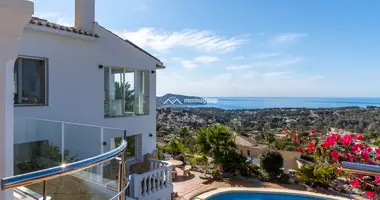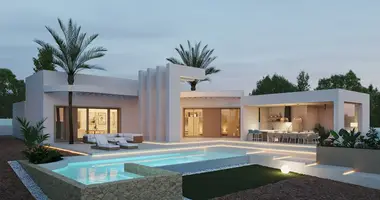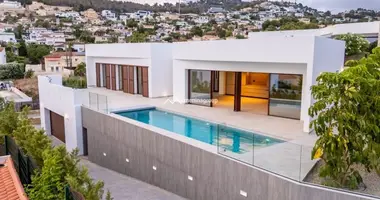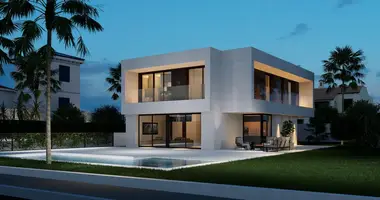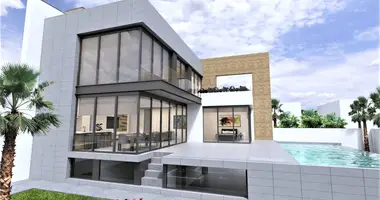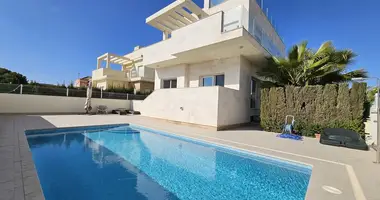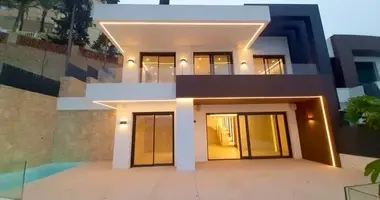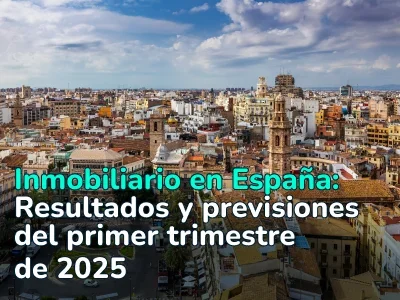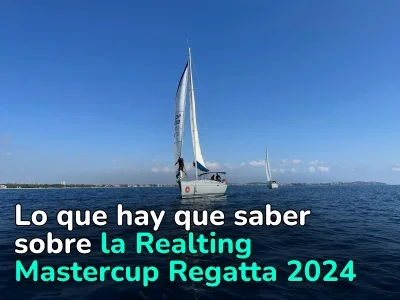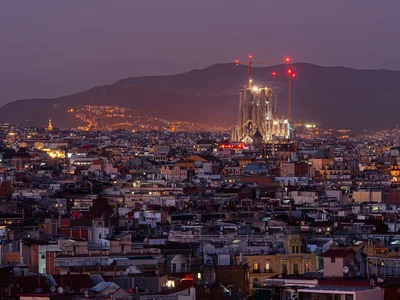Catalan farmhouse from the 17th century located between Llagostera and Cassà de la Selva, inland on the Costa Brava:
12 min. from the beaches of the Costa Brava (S’Agaró, Platja d’Aro, Sant Feliu de Guíxols)
15 min. Girona capital
1 hour from the center of Barcelona
3 km from the town of Cassà de la Selva
15 min. of the Golf PGA of Caldes de Malavella.
Dimensions:
Plot size: 25 hectares (8 of irrigated crops and 17 of holm and cork oak forest) Flat land. A lake on the same navigable estate.
Farmhouse size: 1100 m²
Plants of the property; two
Possibility of making a 20% expansion of the built space.
Ideal for a family home, as a hotel (it has a 4-star hotel permit), camping, horse riding and sports facilities.
It consists of:
Rooms: 8 suite rooms with 8 bathrooms and some with private terrace overlooking the garden and 6 rooms in the private part.
Pool.
Yard.
Storage room.
Laundry.
Great kitchen.
Bar area.
Yard.
Central heating.
Air conditioning and heat pump.
3 drinking water wells.
6,500 l propane gas tank. for heating, hot water and cooking.
Outside parking.
Electricity supplies without limitation of KW.
Telephone and internet.
The access road to the farm is paved until the last km.
Costa Brava
The Costa Brava is the name given to the strip of coastline that runs from Blanes to Portbou, on the border with France, and which is limited to the province of Girona, in Catalonia.
It has an extension of 214 km. of coastline and was baptized as Costa Brava by the journalist Ferran Agulló in 1908, alluding to the wild natural landscape and the capricious rocky forms, sometimes rough, abrupt and steep that this part of the Mediterranean coastline outlines.
For its great beauty, which combines its marine essence with the green tones of the vegetation that practically reaches the sea, as well as for its pleasant Mediterranean climate, with mild winters and warm summers (60% of sunny days in December and 75% in July), it was the chosen place of many artists and writers such as Picasso, Marc Chagall, Dalí or Rusiñol. The Costa Brava was one of the first areas to receive tourists, since the 1930s, although mass tourism arrived in the 1960s and in 1965 its name became official.
However, the Costa Brava has managed to preserve with balance the charm of its fishing villages, its hidden and secret coves and its endless fine sand beaches with urban and tourist growth. The authenticity of its gastronomy, its numerous and varied natural spaces, its exclusive homes, from the typical Catalan farmhouses to towers, villas, mansions, residences and modern high standing houses, make La Costa Brava an idyllic place to live all the time. year, spend the summer or enjoy a vacation.

















































